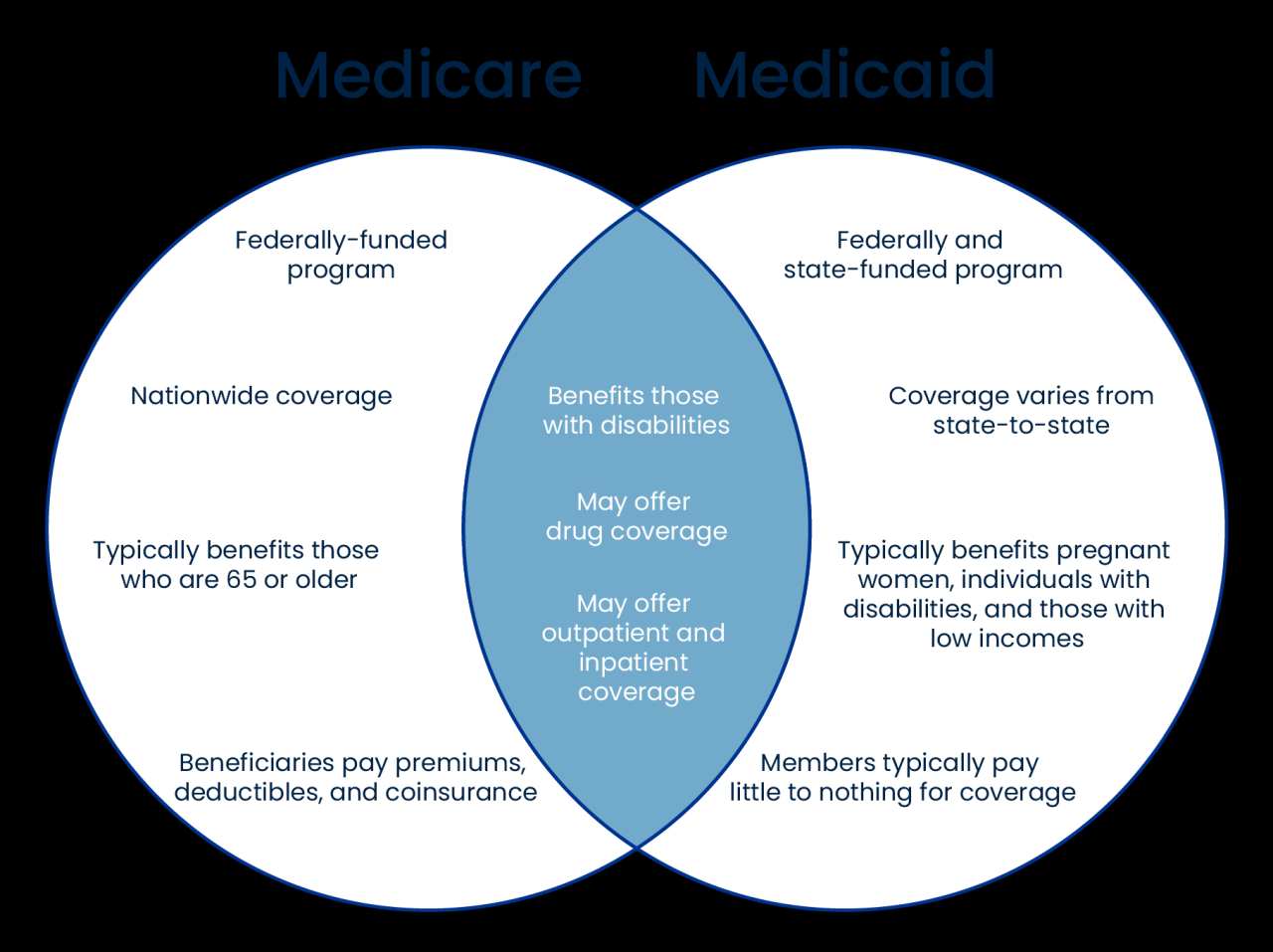Medical assistant salary is a topic that interests many individuals considering a career in healthcare. This profession offers a stable path with opportunities for growth, and understanding the salary landscape is crucial for making informed career decisions.
The average medical assistant salary in the United States can vary significantly depending on several factors, including location, experience, education, and certification. For instance, medical assistants in urban areas with high costs of living often earn higher salaries compared to those in rural areas.
Additionally, those with advanced education and professional certifications tend to command higher wages.
Overview of Medical Assistant Salaries: Medical Assistant Salary
Medical assistants play a crucial role in the healthcare system, providing administrative and clinical support to physicians and other healthcare professionals. As the demand for healthcare services continues to rise, the need for qualified medical assistants is also increasing, making it a promising career path.
This article explores the salary landscape for medical assistants in the United States, providing insights into factors that influence earnings and future prospects.
Average Medical Assistant Salary
The average annual salary for medical assistants in the United States is around $35,000, according to the U.S. Bureau of Labor Statistics (BLS). However, actual salaries can vary significantly depending on several factors, including location, experience, education, and certification.
Factors Influencing Medical Assistant Salaries
- Location:Salaries for medical assistants tend to be higher in major metropolitan areas and coastal states compared to rural areas and the Midwest. For example, medical assistants in California and New York earn significantly more than those in states like Mississippi and Arkansas.
- Experience:As with most professions, experience plays a crucial role in salary determination. Entry-level medical assistants typically earn lower salaries than experienced professionals with several years of experience under their belt.
- Education:While a high school diploma is generally the minimum requirement for entry-level positions, medical assistants with an associate degree or a bachelor’s degree in healthcare administration or a related field often command higher salaries.
- Certification:Obtaining professional certifications, such as the Certified Medical Assistant (CMA) credential, can significantly enhance earning potential. Certified medical assistants are often considered more qualified and in-demand, leading to higher salaries.
Salary Range for Entry-Level vs. Experienced Medical Assistants
Entry-level medical assistants with limited experience and a high school diploma can expect to earn salaries in the range of $25,000 to $30,000 per year. However, experienced medical assistants with several years of experience, an associate degree, and professional certifications can earn significantly more, with salaries ranging from $40,000 to $50,000 or even higher.
Salary Trends in the Medical Assistant Field
The medical assistant profession has experienced steady salary growth over the past decade, driven by several factors, including the aging population, rising healthcare costs, and the increasing demand for healthcare services.
Historical Salary Trends

According to the BLS, the average annual salary for medical assistants has increased by approximately 10% over the past five years. This growth is expected to continue in the coming years as the demand for medical assistants remains high.
Projected Future Salary Growth
The BLS projects that employment for medical assistants will grow by 15% from 2020 to 2030, much faster than the average for all occupations. This growth is driven by factors such as the aging population, the increasing prevalence of chronic diseases, and the expansion of healthcare services.
As demand for medical assistants increases, salaries are expected to continue rising.
Factors Driving Salary Trends
- Aging Population:As the baby boomer generation ages, the demand for healthcare services, including preventive care and chronic disease management, is expected to rise significantly. This will create a greater need for medical assistants to support physicians and other healthcare professionals.
- Rising Healthcare Costs:The increasing cost of healthcare is driving a need for more efficient and cost-effective healthcare delivery models. Medical assistants play a crucial role in optimizing healthcare operations and reducing costs, making them highly valuable in today’s healthcare environment.
- Advancements in Technology:The integration of technology into healthcare is creating new opportunities for medical assistants. With the rise of electronic health records (EHRs) and other digital tools, medical assistants are increasingly responsible for data entry, patient education, and other technology-related tasks. This requires specialized skills and training, which can lead to higher salaries.
Salary Comparison by State and Region

Salaries for medical assistants can vary significantly across different states and regions. Factors such as the cost of living, the demand for medical assistants, and the prevalence of healthcare facilities influence salary levels.
Average Medical Assistant Salary by State
| State | Average Annual Salary |
|---|---|
| California | $45,000 |
| New York | $42,000 |
| Massachusetts | $40,000 |
| Texas | $38,000 |
| Florida | $36,000 |
| Illinois | $35,000 |
| Pennsylvania | $34,000 |
| Ohio | $33,000 |
| Georgia | $32,000 |
| Mississippi | $28,000 |
It’s important to note that these are just average salaries, and actual salaries can vary depending on the factors discussed earlier, such as experience, education, and certification.
States with the Highest and Lowest Average Salaries
California, New York, and Massachusetts consistently rank among the states with the highest average salaries for medical assistants. These states have a high cost of living, a strong demand for healthcare services, and a large number of healthcare facilities.
States with the lowest average salaries for medical assistants typically have a lower cost of living, a lower demand for healthcare services, and a smaller number of healthcare facilities. For example, Mississippi, Arkansas, and West Virginia often have the lowest average salaries for medical assistants.
Reasons for Salary Variations Across Regions
The salary variations across different regions are primarily driven by factors such as:
- Cost of Living:States with a higher cost of living, such as California and New York, typically have higher salaries to compensate for the higher expenses of living in those areas.
- Demand for Healthcare Services:States with a higher demand for healthcare services, such as California and Texas, often have higher salaries to attract and retain qualified medical assistants.
- Prevalence of Healthcare Facilities:States with a large number of healthcare facilities, such as California and New York, tend to have more job opportunities for medical assistants, which can lead to higher salaries due to competition among employers.
Impact of Education and Certification on Salary
The level of education and professional certifications held by medical assistants can significantly impact their earning potential.
Salaries Based on Education Level
- High School Diploma:Medical assistants with a high school diploma typically earn the lowest salaries, as they may have limited skills and experience.
- Associate Degree:Medical assistants with an associate degree in healthcare administration or a related field often command higher salaries than those with only a high school diploma. An associate degree provides them with a broader range of skills and knowledge, making them more qualified for a wider range of roles.
- Bachelor’s Degree:Medical assistants with a bachelor’s degree in healthcare administration or a related field often earn the highest salaries. A bachelor’s degree provides them with advanced skills and knowledge, making them highly sought-after by employers.
Impact of Professional Certifications
Obtaining professional certifications, such as the Certified Medical Assistant (CMA) credential, can significantly enhance earning potential. The CMA credential demonstrates a medical assistant’s knowledge, skills, and commitment to the profession, making them more competitive in the job market. Certified medical assistants often earn higher salaries than their non-certified counterparts.
How Additional Certifications Can Enhance Earning Potential, Medical assistant salary
In addition to the CMA credential, medical assistants can obtain other certifications that specialize in specific areas of healthcare, such as:
- Electronic Health Records (EHR) Specialist:This certification demonstrates proficiency in using electronic health records systems, a highly valuable skill in today’s healthcare environment.
- Phlebotomy Technician:This certification allows medical assistants to perform blood draws, a common task in many healthcare settings.
- Medical Billing and Coding Specialist:This certification equips medical assistants with the skills to process medical claims and ensure accurate billing, a crucial aspect of healthcare finance.
Obtaining additional certifications can demonstrate specialized skills and knowledge, making medical assistants more marketable and potentially leading to higher salaries.
Salary Expectations in Different Medical Settings
The average salary for medical assistants can vary depending on the specific healthcare setting where they work. Factors such as the size of the organization, the type of services provided, and the location can influence salary levels.
Salary Comparisons Across Medical Settings
- Hospitals:Hospitals typically offer higher salaries for medical assistants due to their larger size, complex operations, and often 24/7 service requirements.
- Clinics:Clinics, particularly those specializing in specific areas of healthcare, may offer competitive salaries, depending on their size, patient volume, and the complexity of services provided.
- Private Practices:Private practices, especially those owned by physicians, may offer lower salaries than larger organizations due to their smaller size and limited resources.
- Physician Offices:Physician offices, particularly those with a high patient volume, may offer competitive salaries to attract and retain qualified medical assistants.
Factors Contributing to Salary Differences
- Size of the Organization:Larger organizations, such as hospitals and large healthcare systems, typically have more resources and can offer higher salaries to attract and retain qualified employees.
- Type of Services Provided:Organizations that provide complex or specialized services, such as hospitals and specialty clinics, may offer higher salaries to compensate for the additional skills and knowledge required by their medical assistants.
- Location:As mentioned earlier, salaries for medical assistants can vary significantly depending on the location, with higher salaries typically found in major metropolitan areas and coastal states.
Examples of Specific Medical Settings and Typical Salary Ranges
- Large Hospital:$38,000 to $45,000 per year
- Specialty Clinic:$35,000 to $42,000 per year
- Small Private Practice:$30,000 to $37,000 per year
- Physician Office:$32,000 to $40,000 per year
These are just examples, and actual salaries can vary depending on the specific organization, location, and other factors.
Job Outlook and Future Opportunities
The job outlook for medical assistants is very promising, with strong projected growth in the coming years. This is driven by several factors, including the aging population, rising healthcare costs, and the expansion of healthcare services.
Projected Job Growth
The BLS projects that employment for medical assistants will grow by 15% from 2020 to 2030, much faster than the average for all occupations. This growth is expected to continue as the demand for healthcare services increases.
Factors Influencing Demand for Medical Assistants
- Aging Population:As the baby boomer generation ages, the demand for healthcare services, including preventive care and chronic disease management, is expected to rise significantly. This will create a greater need for medical assistants to support physicians and other healthcare professionals.
- Rising Healthcare Costs:The increasing cost of healthcare is driving a need for more efficient and cost-effective healthcare delivery models. Medical assistants play a crucial role in optimizing healthcare operations and reducing costs, making them highly valuable in today’s healthcare environment.
- Expansion of Healthcare Services:The expansion of healthcare services, such as the increasing availability of telehealth and home healthcare, is creating new opportunities for medical assistants.
Impact of These Factors on Future Salary Prospects
The strong demand for medical assistants is expected to continue driving salary growth in the coming years. As the need for qualified medical assistants increases, employers will need to offer competitive salaries to attract and retain talent. This is likely to result in higher salaries for medical assistants across all levels of experience and education.
Tips for Negotiating Salary
Negotiating salary can be a daunting task, but it’s essential for medical assistants to advocate for their worth and ensure they are fairly compensated for their skills and experience.
Importance of Research, Preparation, and Communication
- Research:Before entering salary negotiations, medical assistants should thoroughly research the average salary range for their position in their location and industry. This information will provide a solid foundation for their negotiation strategy.
- Preparation:Medical assistants should be prepared to articulate their value and highlight their skills, experience, and qualifications. They should also be prepared to answer questions about their salary expectations and justify their desired salary.
- Communication:Effective communication is crucial during salary negotiations. Medical assistants should be clear, concise, and respectful in their communication with the employer. They should also be prepared to listen to the employer’s perspective and be open to compromise.
Strong Arguments and Negotiation Strategies
- Highlight Skills and Experience:Medical assistants should emphasize their relevant skills, experience, and qualifications, particularly those that are in high demand by the employer. They should be prepared to provide specific examples of their accomplishments and how they have contributed to previous employers.
- Focus on Value:Medical assistants should articulate their value to the employer, highlighting how their contributions will benefit the organization. They should emphasize their ability to improve efficiency, increase patient satisfaction, and contribute to the overall success of the healthcare team.
- Be Prepared to Walk Away:Medical assistants should be prepared to walk away from the negotiation if they are not offered a fair and reasonable salary. This demonstrates their confidence and commitment to their worth.
Final Wrap-Up
The medical assistant profession offers a rewarding and dynamic career path, with opportunities for advancement and continued learning. As the healthcare industry continues to evolve, the demand for skilled medical assistants is expected to remain strong. Understanding the factors that influence salary, such as location, experience, and certification, can help aspiring medical assistants make informed career choices and maximize their earning potential.












